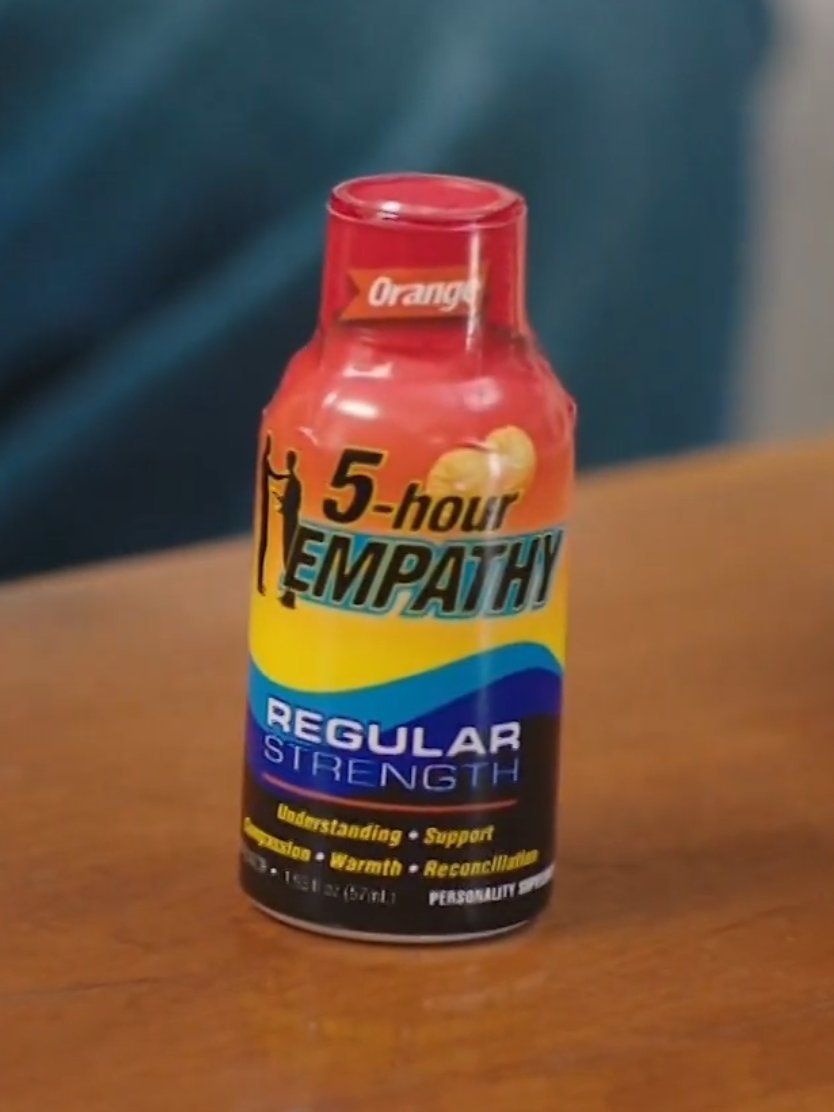Like it or Not, We Have to Talk About Racism!
What is a school's role in teaching about racism, past and present? We invited families to read Howard Zinn's "A People's History of the United States for Young People" in an effort to think together about this issue. Here are a just few items that came up in last week's discussion.
A five-year-old student in our school recently told his parents that he needed to wear sunblock so he didn't get too dark...and thus get harmed.
Racism is a misconception, one that started purposefully. By creating a safe space that doesn't ignore but NORMALIZES differences, we have a better chance at addressing misconceptions. Sometimes this means talking about taboo or difficult topics. Our school has always tried to help kids analyze information from various perspectives. We do not believe it's a binary choice to teach truth and nuance vs. only focusing on the greatness of America.
This kind of teaching is not about "5 HourEmpathy," as parodied recently on Saturday Night Live. It's about being well-informed on issues and being willing to continually engage in meaningful work and discussions.
In the book, Zinn explains some of the ways and reasons racism originated in this country. There is a lot to unpack in the book, and whether or not you agree with all of Zinn’s narrative and assertions (there are some well-known critics), this is definitely not your grandfather's textbook.
Our discussion led to some ways schools can teach content in authentic, meaningful ways kids can understand and relate to while addressing some of these hard truths of the past and present.
Helping kids take and defend a stance or perspective:
Debates (everything from pros/cons of chocolate milk in schools to immigration)
Is this person a hero or villain? WHY?
Accountable talk (e.g. I think _______ because_______)
Political cartooning
Poems in Two Voices
Teaching Strategies:
Interactive Modeling (pre-plan how they might react to before it happens)
Arts Integration (tying past to present)
Tie to the 7 Habits
Connecting to their lives (e.g. students' own bills or rights)
Ambient representation (exposure and normalization)
Those of you familiar with Bloom's Taxonomy will note these are "higher order thinking skills" that come from rich discussions and project-based learning, not from reading a textbook and answering the questions at the end of the chapter.
We also talked about normalizing differences through carefully selected literature, ambient representation, and the language we use/conversations we have. A few concepts to remember:
PAWS is partnering with us on expanding Diversity, Representation & Inclusion resources (this is a long-term endeavor that will come, in part, from donations and community contributions)
We have to be careful not to be self-congratulatory about what we have done; instead, we should be focusing on what we can do. There is no instruction manual for the times we are living in, and I know we are all invested in this mission to raise our kids to be the best, most informed, empathic human beings we can be. As one small piece of this mission, I hope even more families will join us this year in reading Zinn's work and reflecting on how it can help us achieve this goal.


